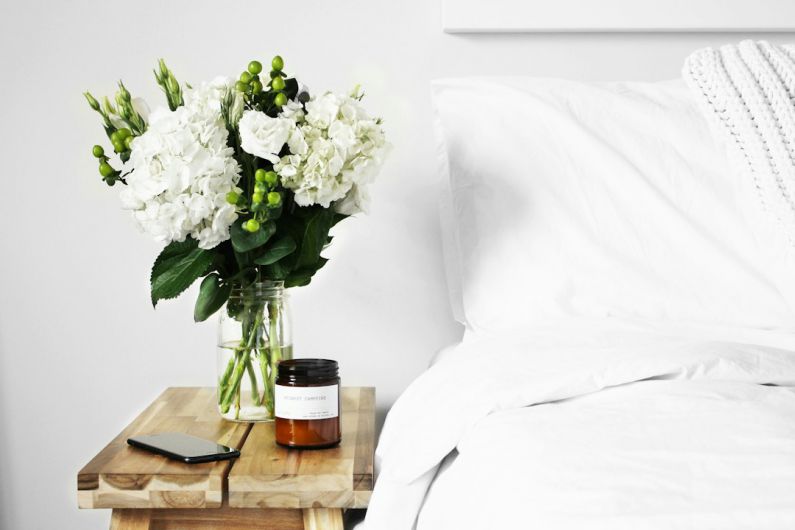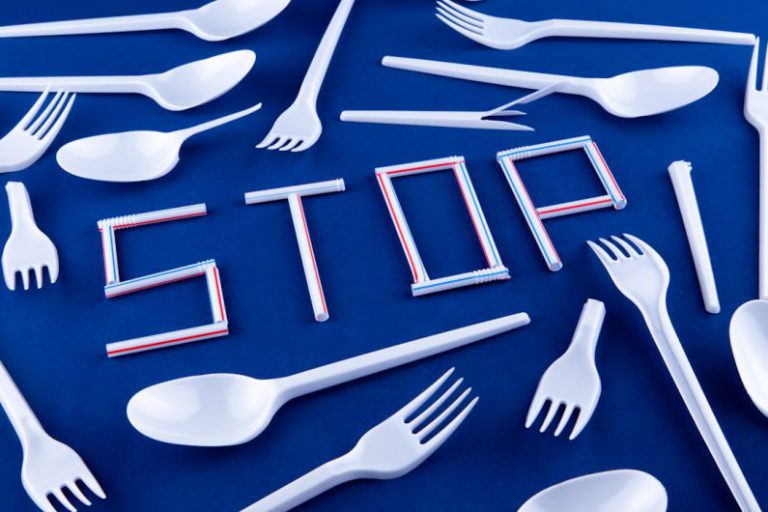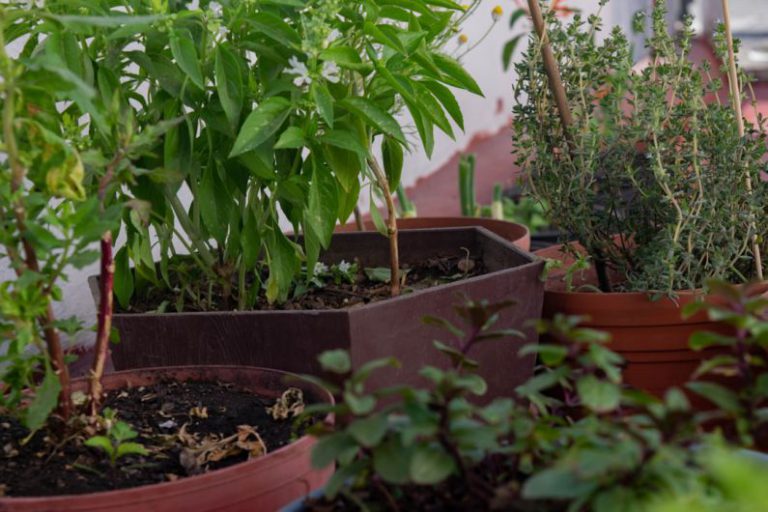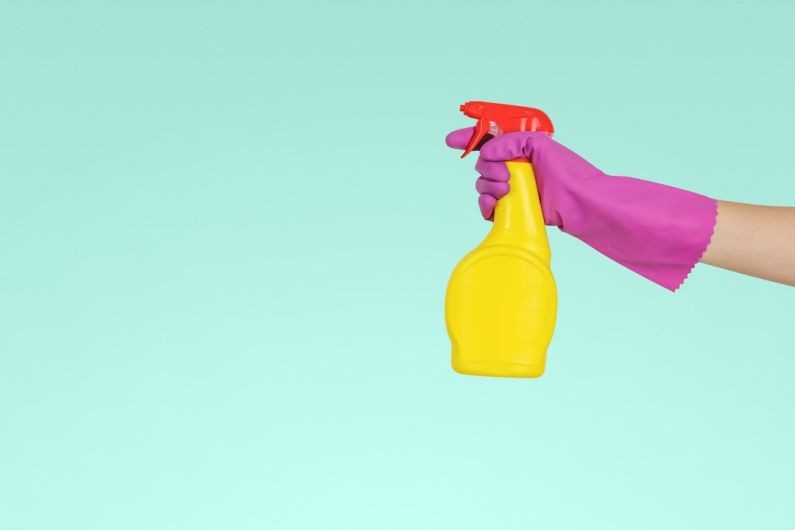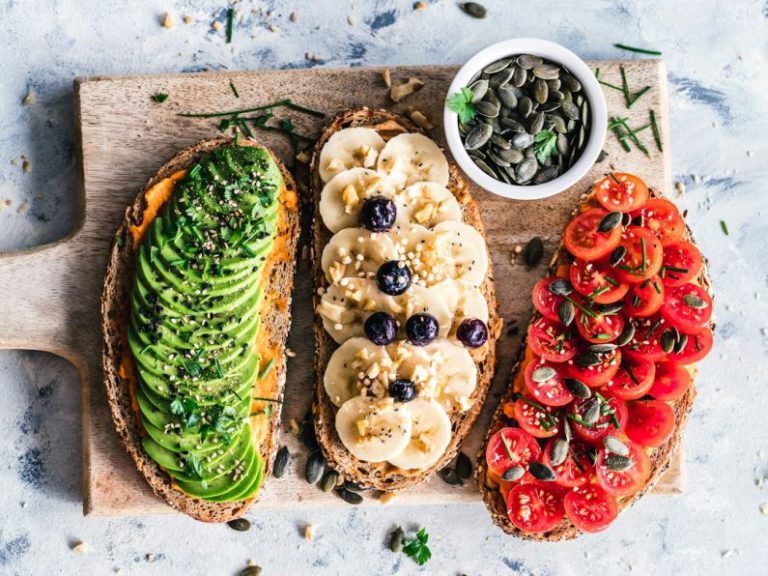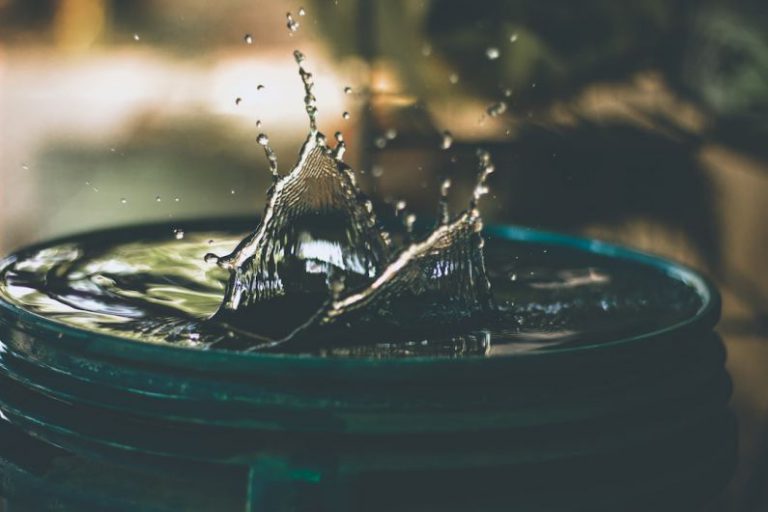How to Make Your Own Eco-friendly Personal Care Products?
In recent years, there has been a growing awareness of the harmful effects of synthetic chemicals found in commercial personal care products. These chemicals not only pose a risk to our health but also have a detrimental impact on the environment. Fortunately, there is a simple solution – making your own eco-friendly personal care products. Not only is this a cost-effective alternative, but it also allows you to control the ingredients used and reduce your carbon footprint. So, if you’re ready to take a step towards a greener lifestyle, here’s how you can make your own eco-friendly personal care products.
Natural Shampoo and Conditioner
Commercial shampoos and conditioners often contain harsh detergents and synthetic fragrances that can strip your hair of its natural oils and irritate your scalp. Making your own natural shampoo and conditioner is not only gentler on your hair but also better for the environment. To make a homemade shampoo, mix equal parts of liquid castile soap, coconut milk, and a few drops of your favorite essential oil. For a conditioner, mix one tablespoon of apple cider vinegar with one cup of water. Apply the shampoo to wet hair, gently massage, and rinse thoroughly. Then, apply the conditioner, leave it on for a few minutes, and rinse with water.
Chemical-Free Deodorant
Conventional deodorants often contain aluminum compounds and other synthetic chemicals that have been linked to various health issues. Making your own chemical-free deodorant is a simple and effective way to keep odor at bay without compromising your health or the environment. Combine three tablespoons of coconut oil, three tablespoons of baking soda, and two tablespoons of cornstarch in a small container. Add a few drops of your favorite essential oil for fragrance, and mix well. Apply a small amount of this mixture to your underarms every morning, and you’ll stay fresh and odor-free throughout the day.
All-Natural Toothpaste
Commercial toothpaste often contains fluoride and other chemicals that can be harmful if ingested. By making your own all-natural toothpaste, you can ensure that you’re using safe and effective ingredients. Mix three tablespoons of baking soda, three tablespoons of coconut oil, and a few drops of peppermint essential oil in a small container. The baking soda acts as a natural whitener and cleanser, while the coconut oil provides antibacterial properties. Use this toothpaste to brush your teeth as you normally would, and enjoy a healthier smile.
Soothing Lip Balm
Commercial lip balms often contain synthetic fragrances and petroleum-based ingredients that can actually dry out your lips in the long run. Making your own soothing lip balm is a great way to keep your lips moisturized without any harmful chemicals. Melt two tablespoons of coconut oil, one tablespoon of beeswax, and one tablespoon of shea butter in a small saucepan over low heat. Once melted, remove from heat and add a few drops of your favorite essential oil for scent. Pour the mixture into small containers and let it cool and solidify. Apply this homemade lip balm whenever your lips need some extra hydration.
In conclusion, making your own eco-friendly personal care products is not only a great way to reduce your environmental impact but also a way to take control of the ingredients you use on your body. By using natural and sustainable ingredients, you can ensure that you’re providing your body with the care it needs without exposing yourself to harmful chemicals. So, why not give it a try and start making your own eco-friendly personal care products today? Your body and the planet will thank you.
